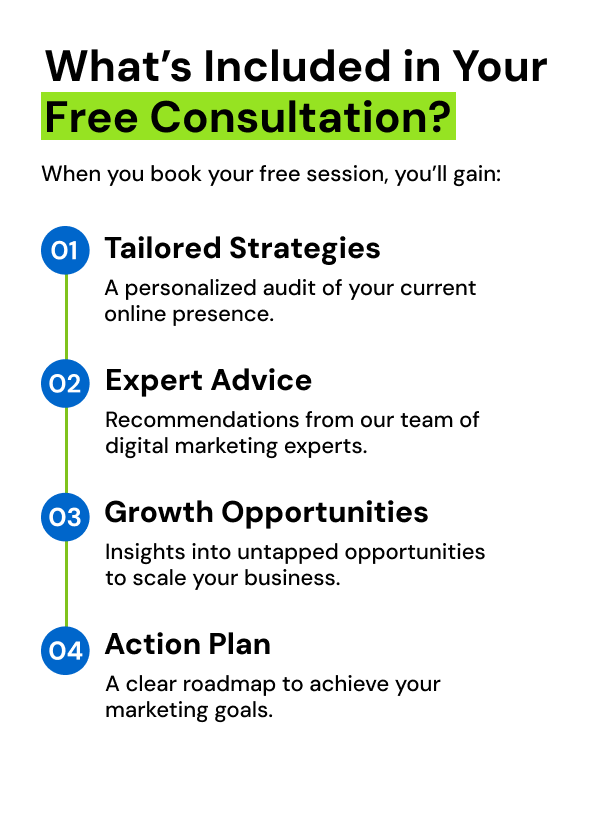The ability to manage leads can determine whether a prospect becomes a repeat customer. A proper lead management pipeline guarantees that businesses take care of potential clients throughout every step, from the moment they express interest to when they become converted. But how do you construct a pipeline that leads to maximum success efficiently? Effective lead management is needed to transform prospects into loyal customers. A well-defined lead management pipeline not only does lead sorting and nurturing but also helps optimize the sales cycle.
This blog post will explore the eight strategic approaches to ensuring a lead management system that works and always retains good leads.
What is Lead Management?
Lead management involves identifying, tracking, and nurturing potential clients – the ‘leads’ – through different stages until they are converted into paying clients. It also includes engaging with clients, determining qualified leads, and ensuring no opportunity is left behind.
An effective lead management pipeline is important in the recently digitized environment, where you can do everything quickly. It enables organizations to rank leads, facilitate processes, and improve the overall customer experience. Proper lead management helps the business retain leads to other market players. Therefore, incorporating a lead management system that works is the main focus concern.
Know the 8 Points When Setting Up Your Lead Management Pipeline
1) Lead Capture Mechanism
Lead capture is the first step in the process. Provide at least a few ways to gather information about prospective customers, from forms on your website to chatbots or direct inquiries on social media. The more streamlined the process is, the more leads you’ll capture.
2) Lead Scoring
Not all leads are created equal. Some may be ready to buy, but many are just starting their research. That is where lead scoring comes in handy. It helps you identify which leads will most likely convert. This way, you are concentrating on your most engaged leads.
3) Segmentation
Divide leads into groups according to age, performance, or preferences to better guide them. These approaches help customize the content for the audience in question, ensuring the right level at all times for every lead.
4) Automation
Include automation in your lead management approach as well. Employ tools to distribute leads to the sales team, send pictures of follow-up emails, or set nurturing reminders automatically. Automation saves time, and no lead is left behind.
5) Lead Nurturing
Some leads need more time and information before saying ‘yes.’ Lead nurturing is the art of sending helpful content, answering their questions, and building trust so they stay engaged until they are ready to buy. The topic of lead-nurturing content becomes a brave new world if one bolts it into the content strategy to deal with lead generation in several steps. Spread substantive content to answer questions and meet a few concerns.
6) Tracking and Analytics
Employ analytical tools to monitor the origin and conduct of the leads on your website. Concentrating on the best-performing channels in terms of quality leads generated assists in enhancing the efficiency of the lead management pipeline.
7) Sales and Marketing Alignment
Ensure that your sales and marketing teams are working in sync. Clear communication between these departments ensures that marketing-qualified leads are handed off seamlessly to sales teams, avoiding gaps in the process.
8) Follow-up Process
Consistent follow-up is one of the most prevalent reasons businesses lose leads. Your team should set a follow-up process that lays out when to check in and how to communicate with leads in order to support them in their buying process with your company.
Pipeline Creation for Effective Lead Management
Now that you’ve taken the important things discussed above, it is time to construct your lead management pipeline. This pipeline should outline each of the stages in a customer’s journey, from lead generation to lead conversion. Here’s how to do it in practice:
Define stages: Break down the customer journey into key stages – such as awareness, consideration, decision, and purchase.
Map out actions: For each stage, define the specific actions your team needs to take, such as sending an email, making a call, or offering a demo.
Assign responsibility: Make sure every team member knows which part of the pipeline they are responsible for.
Automate where possible: Automating routine tasks ensures that leads progress smoothly through the pipeline, and you do not miss any steps.
Why Choose Prasarnet?
At Prasarnet, we specialize in transforming lead management for businesses. With over 15 years of experience, we help you create effective pipelines that take you from lead generation to conversion.
We offer customized solutions where creativity is wedded to the science of numbers at every point of the customer journey. The main objective is to enhance the quality of leads and convert them into loyal customers.
Prasarnet must be your partner if you want your business to run efficiently and achieve long-term growth by managing your leads. Get in touch with us at Email: emailreachus[@]prasarnet[.]com.
Conclusion
Companies focusing on expansion must have an effective lead management pipeline in place. The eight strategies presented here – lead capture, scoring, segmentation, automation, nurturing, tracking, and aligning sales and marketing – can help build a system that facilitates the progress of leads within the funnel.
The right pipeline helps you nurture leads, increases conversion rates, and boosts overall customer satisfaction. Don’t let your business miss out on potential clients – set up a solid lead management pipeline and see your leads convert into long-term customers. We’re here to help you build a pipeline that works. With our expertise and personalized strategies, you can be confident in your lead management success. Contact us today and take the first step toward transforming your business.







